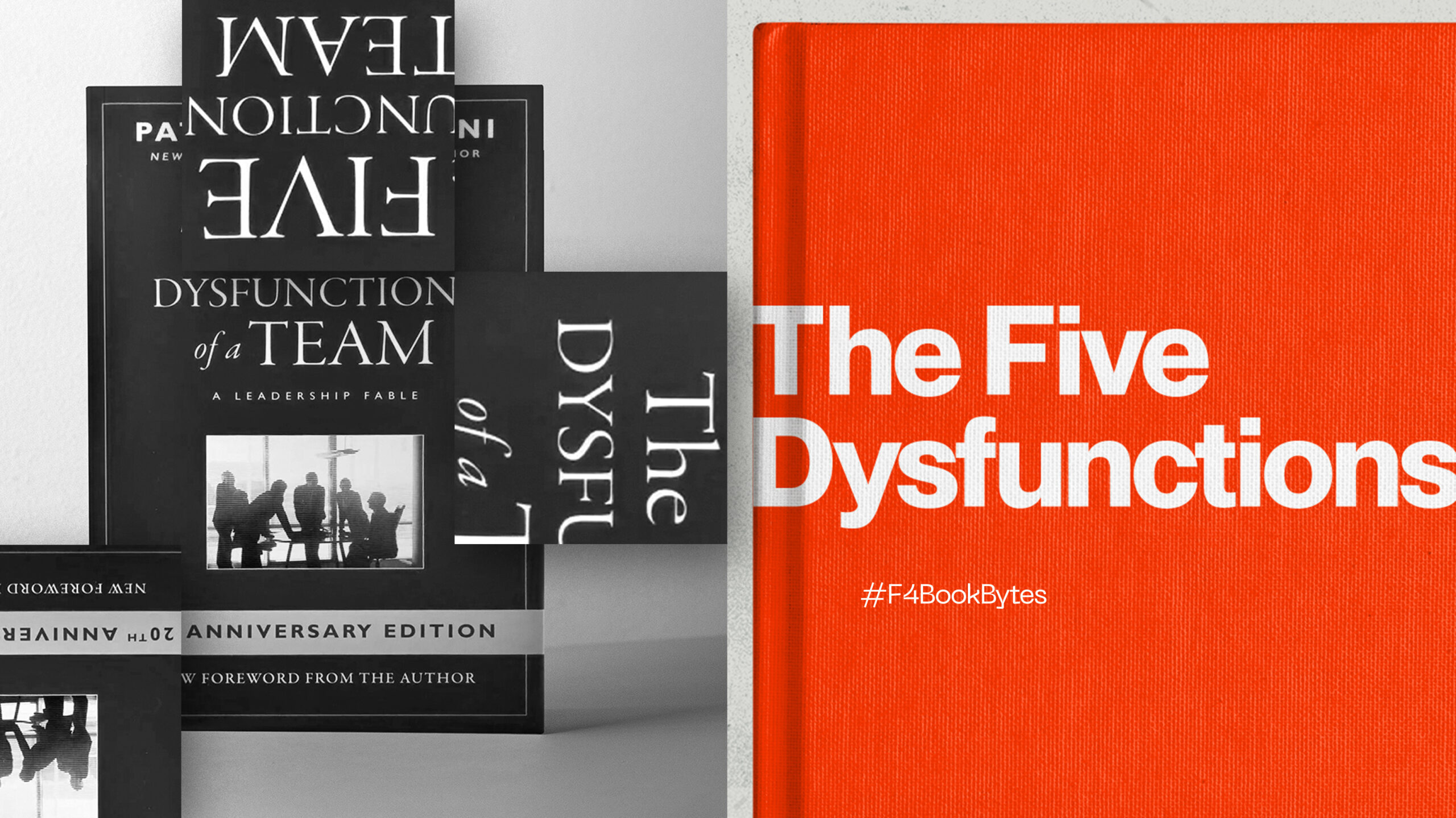There was a time, fairly long ago, when I worked at a large organization that did not foster teamwork (for the sake of protecting the innocent I am not going to name the organization and you are not allowed to seek it out on my LinkedIn profile). There were great people there – smart, talented, motivated and dedicated individuals whom I loved getting to know. And there were deeply experienced leaders, people who had worked in leadership at other large organizations and government entities. And yet…
We were not a team.
As any team sports fan knows, a team is not the sum total of its talented parts. There is some unifying factor that’s hard to easily articulate, but you know when it’s missing. An inordinate number of people will leave, there will be unhealthy levels of competition among leaders, and a lot of unarticulated resentment will build. VP’s named Judy or Roger will take the train home, feeling satisfied with their day’s work, while their colleagues are at a happy hour discussing the many failures of Judy and Roger.
“Great teams do not hold back with one another. They are unafraid to air their dirty laundry. They admit their mistakes, their weaknesses, and their concerns without fear of reprisal.”
Over twenty years ago, Patrick Lencioni demystified team dysfunction through his landmark (and appropriately titled) book, The Five Dysfunctions of a Team. At around the same time, Fifteen4 was founded and started building the initial version of our team. On the eve of our 20th Anniversary, I revisited Lencioni’s classic work and started reflecting on our own team through the years.
But first the five dysfunctions:
- Dysfunction 1: Absence of Trust
- Dysfunction 2: Fear of Conflict
- Dysfunction 3: Lack of Commitment
- Dysfunction 4: Avoidance of Accountability
- Dysfunction 5: Inattention to Results
Critically, one dysfunction builds on another. Mutual trust is foundational – without that trust there will be a lack of healthy conflict, an inability to commit, an unwillingness to be accountable, and a focus on personal success over organizational results.
In thinking back to my previous experience at [organization name redacted], I can trace that mysterious lack of teamwork to the foundational element of trust. We may have trusted each other to do our jobs, but we didn’t trust each other to put the advancement of the team over our personal career goals. In fairness, I suspect that issue plagues many large organizations.
“It is teamwork that remains the ultimate competitive advantage, both because it is so powerful and so rare.”
At Fifteen4, we continue to work on building a team that transcends the sum of our talented individuals. Having been in business for two decades won’t necessarily prevent us from getting snagged on the team dysfunctions identified by Lencioni.
But we do strive for – and often attain – a team dynamic that is radically different from the dysfunction I experienced earlier in my career. At our best moments, there is a trust between members that enables us to admit our own failures, celebrate the success of others, and strive as a unified whole towards a team goal. Frustration is articulated openly in a spirit of constructive conflict, and team members take accountability for the success of our spirited little venture.
As we look to the next twenty years, there is still work to be done as we build our team. And over twenty years after its publication, The Five Dysfunctions of a Team is as relevant as it ever was, and is a critical component of any leader’s library in 2024 and beyond.
The Five Dysfunctions of a Team: A Leadership Fable
by Patrick Lencioni
Barnes & Noble | Amazon | Audible | Apple Books | GoodReads

Meet blog author Will Smallman,
Managing Partner
Read his bio here
#F4BookBytes
Our team compresses the wisdom and actionable inspiration gleaned from a variety of professional and creative books into bite-sized chunks as they pertain to the business, marketing, and communication challenges our colleagues and clients face.

